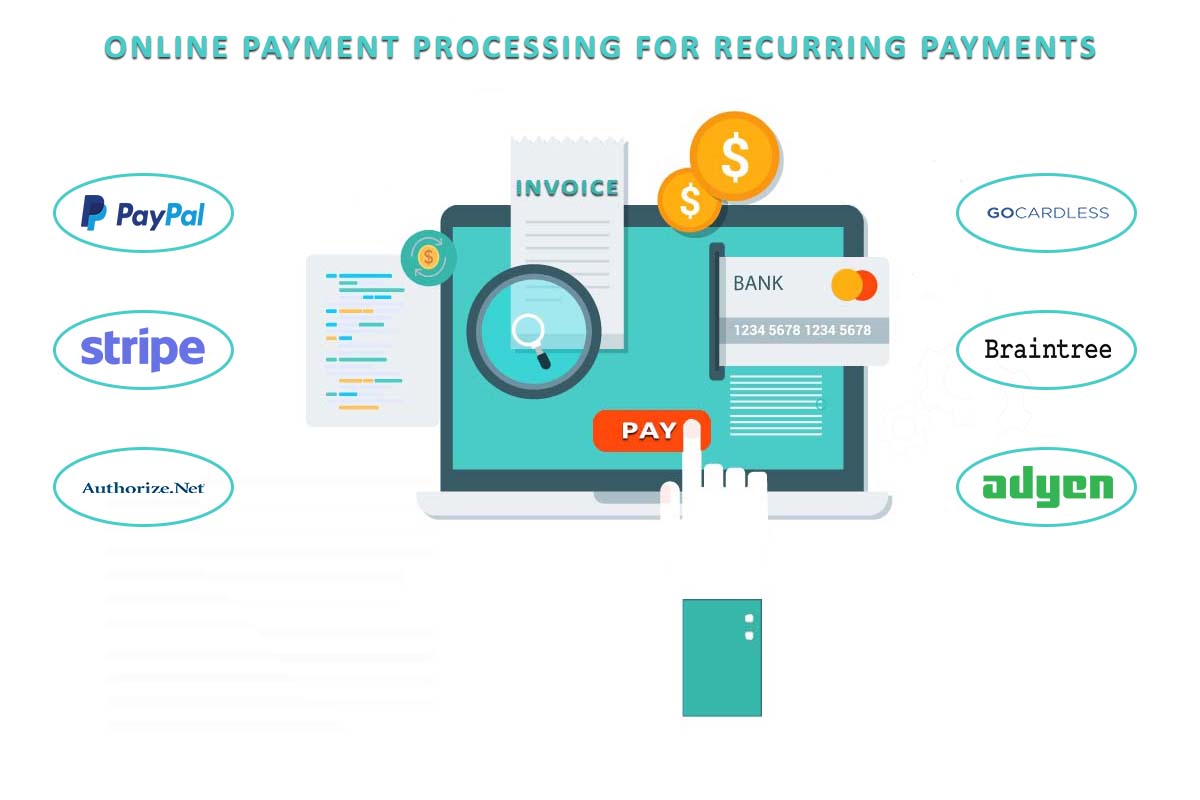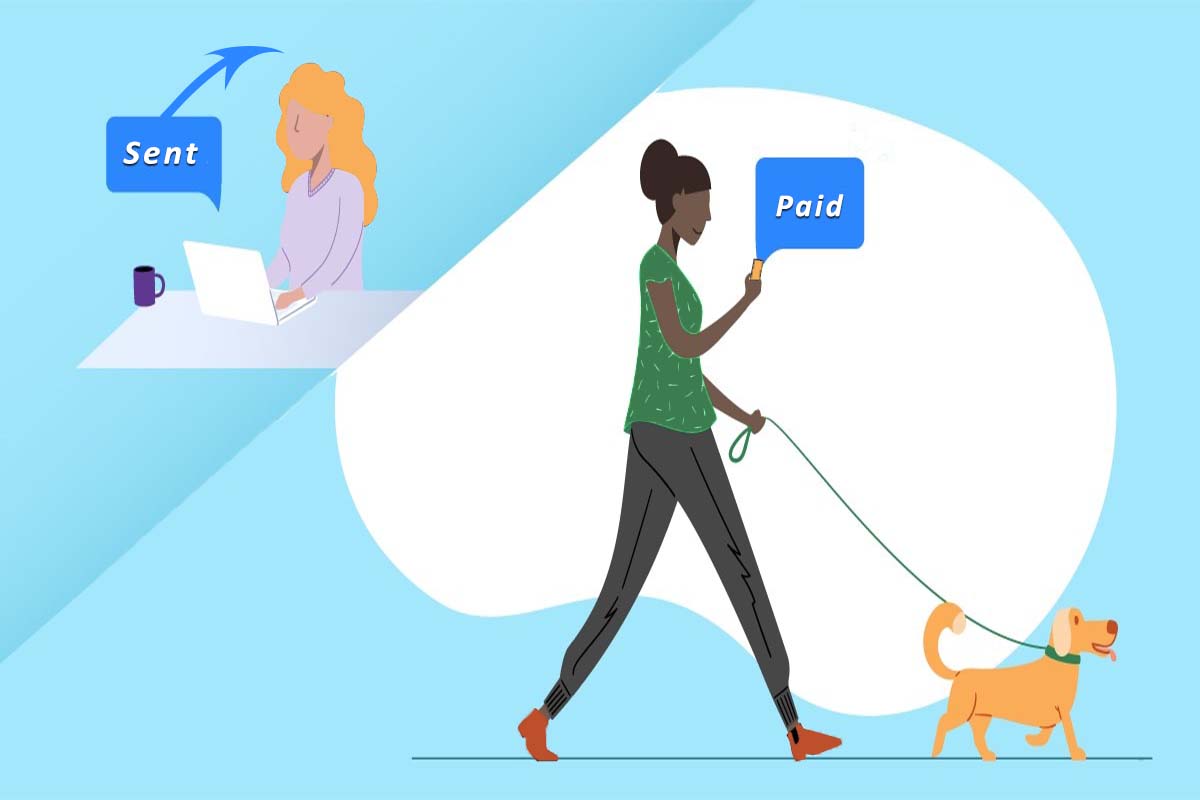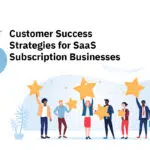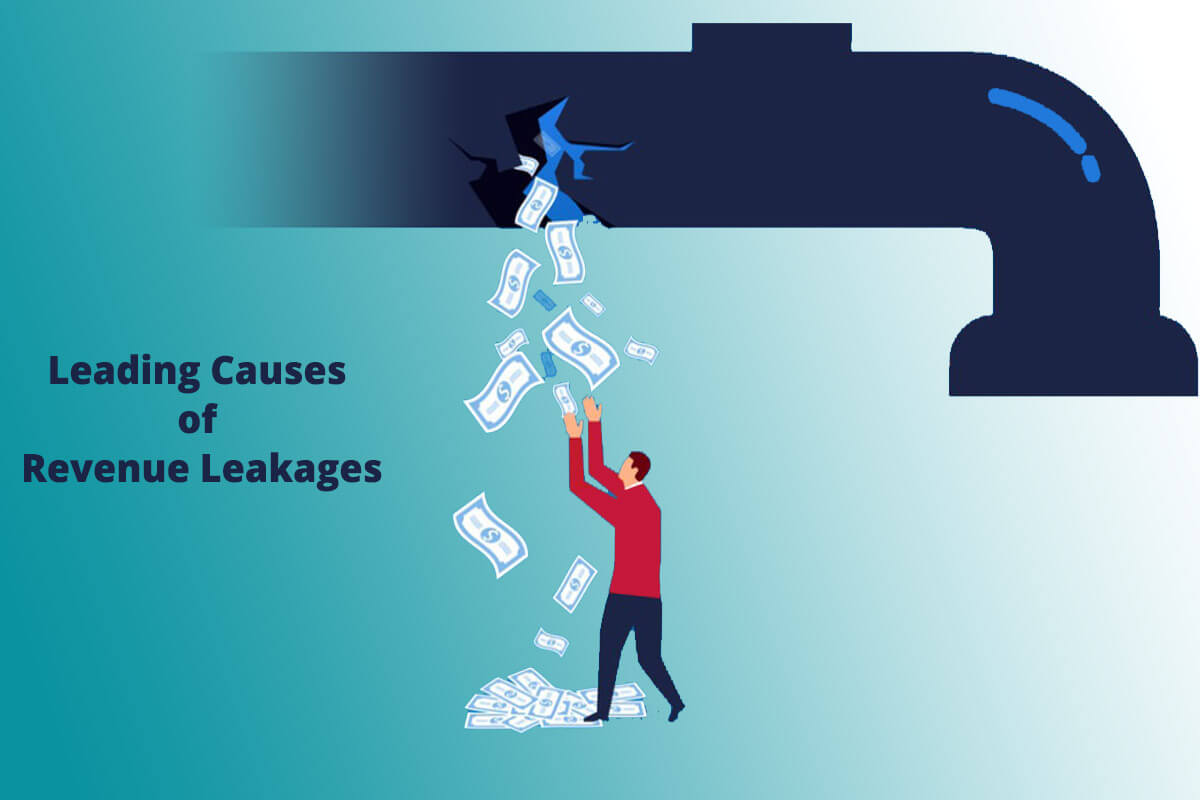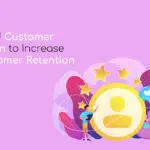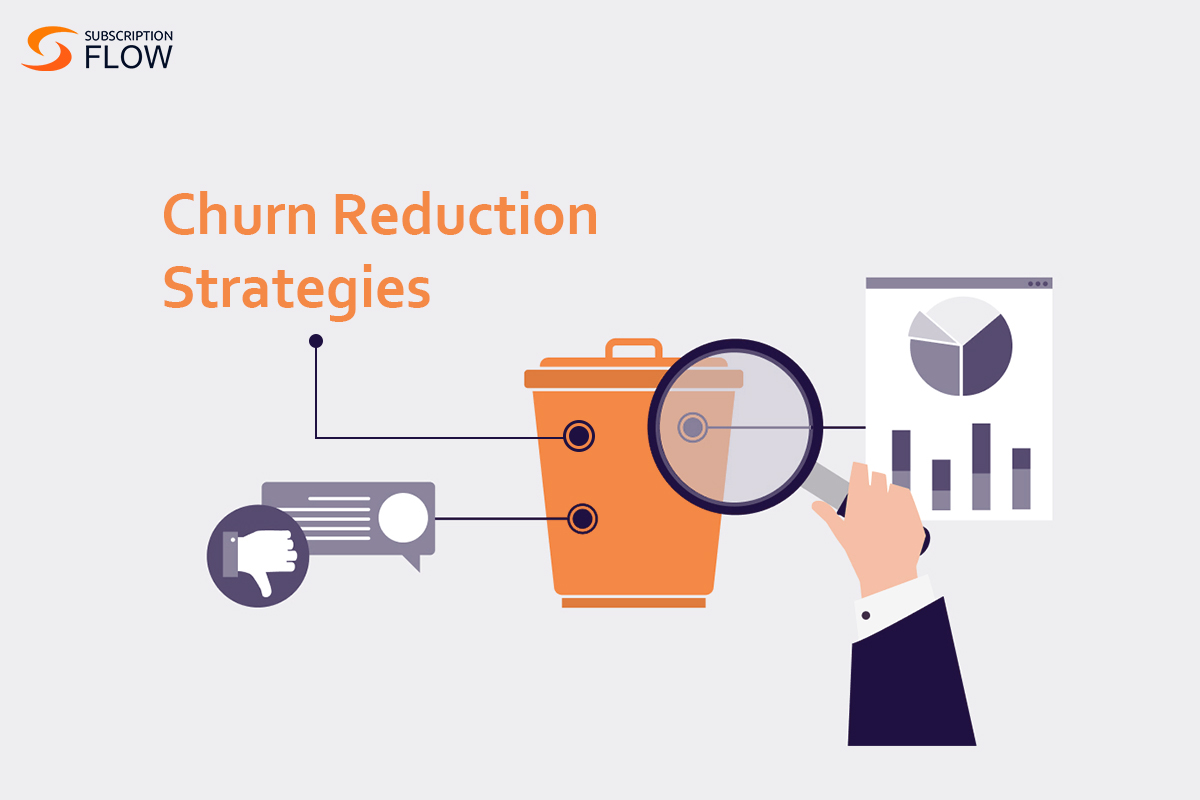
5 Ways to Minimize Customer Churn in Small Business Settings
If you’re a business owner, you are probably aware of the prevalent phenomenon of ‘Churn’. One of the biggest challenges that small businesses face today is retaining customers, given the competitive globalised market with low barriers to entry. Thus, churn reduction for small businesses becomes incredibly challenging given their limited resources.
So, how do you make sure customers stay with you? Keep reading!
1. Get to the Bottom of Why Churn is Occurring
Understanding why churn reduction for small businesses is crucial in customer retention. It’s very telling when it comes to identifying the factors and patterns that lead customers to discontinue their relationship with your business.
Churn is a big revenue and growth eater. Understanding why churn occurs enables you to take proactive measures to address your problem areas and increase customer retention.
The main factors that usually contribute to churn are:
- Poor customer experience
- High prices
- Lack of product satisfaction
- Better alternatives are available in the market.
Analyzing customer data, feedback, and behaviour, can help uncover the specific reasons why customers are leaving. So, instead of taking shots in the dark, you can go for the heart of the issue whether it is offerings, services, or pricing strategies.
Moreover, understanding churn provides an opportunity for businesses to implement targeted retention strategies. Once the reasons behind churn are identified, businesses can tailor their efforts to address those specific pain points.
Read More: The Art of Sustained Growth: Decoding eCommerce Churn
For instance, if poor customer service is a major driver of churn, a company can invest in training its support team, improving response times, or implementing self-service options to enhance the overall customer experience. By focusing on the areas that directly influence churn, businesses can allocate their resources more effectively and efficiently.
Finally, understanding churn reduction for small businesses to measure and track the success of their customer retention initiatives. By establishing churn as a key performance indicator (KPI) and monitoring it over time, companies can evaluate the effectiveness of their retention strategies and make data-driven adjustments.
This iterative approach helps businesses continuously improve their retention efforts and optimize their customer retention rates. Ultimately, businesses can enhance their long-term profitability and sustain a loyal customer base.
2. Perform a Churn Analysis for Insights
Constant efforts to evaluate and analyze customer data, behaviour, and feedback can help business gain useful insights for strategy formation. It allows them to understand specific pain points and areas where they need improvement.
Without this analysis, businesses may continue to lose customers without understanding why, making it difficult to implement effective retention strategies. Here are some ways in which those insights can be implemented:
- Developing targeted retention strategies (cost-effective) tailored to address specific issues like improving product features, enhancing customer support, or refining pricing strategies.
- Businesses can create predictive models or algorithms that flag customers who are at risk of churning. This proactive approach enables businesses to intervene with targeted retention efforts before customers actually churn.
- Segmenting customers based on their churn propensity and behaviour. This segmentation enables businesses to personalize their retention strategies and offers.
- Treating customers as individuals with unique needs and preferences to build stronger relationships and increase customer loyalty.
- Establishing churn as a key performance indicator (KPI) to measure and track their retention efforts over time.
This evaluation helps businesses refine their retention strategies, make data-driven decisions, and continually improve their customer retention efforts.
3. Identify ‘At Risk’ Customers
Analyzing customer data and behaviour will enable your business to identify patterns that indicate potential churn. Look for signs such as a decline in usage, decrease in purchase frequency, or reduction in engagement with your products or services.
Implementing customer behaviour tracking systems and setting up alerts for specific churn indicators can help you identify at-risk customers in real-time. The RetentionFlow app helps you identify which customers are about to churn.
Once you know a customer is about to churn, you can take the following steps to retain them:
- Offering specialized discounts based on customer usage data from the past.
- Provide alternative options and payment plans.
- Give them special rewards or introduce an incentive plan to keep them engaged.
- Proactively reach out to customers through personalized emails, phone calls, or targeted marketing campaigns that can remind customers of the value they receive from your products or services.
- Engage with them, offer assistance, and provide solutions to any challenges they may be facing.
Read More: How to Control High Customer Churn with SaaS Customer Retention Management – RetentionFlow App
4. Double Down on Customer Support Efforts
Make certain that your communication strategy is in place for the long haul. Concentrate your efforts on keeping existing customers rather than generating new business.
Ascertain that your communication strategy is proactive rather than reactive. Customers will only contact you if they have a problem; if you want to retain satisfied customers, you must contact them instead. Encourage clients to sign up for helpful email newsletters, hold freebies, and offer rewards for loyalty.
Here are a few tips to make your customer support better:
Improve response times: Focus on reducing response times for customer inquiries and issues. Implement tools so your support team responds promptly, such as automated ticketing systems, chatbots, or live chat and set clear service level agreements (SLAs) for response times.
Offer multiple support channels: Provide customers with multiple channels to reach your support teams, such as phone, email, live chat, social media, or self-service options. Ensure that each channel is properly staffed and consistently monitored for timely responses.
Train and empower support agents: Invest in comprehensive training programs for your support team to ensure they have the necessary skills and knowledge to assist customers effectively.
Personalize the support experience: Treat customers as individuals and personalize the support experience wherever possible. Use customer data to understand their history, preferences, and previous interactions with your support team and deal with customers accordingly.
Implement self-service options: Provide customers with self-service resources and knowledge bases that empower them to find solutions to common issues on their own. By enabling self-service, you empower customers to resolve their own problems quickly, reducing the need to contact support and improving their overall experience.
Gather and act on customer feedback: Regularly collect feedback from customers regarding their support experience. Use surveys, feedback forms, or Net Promoter Score (NPS) surveys to gather insights on customer satisfaction and identify areas for improvement and act on the feedback.
5. Lean Into Your Competitive Advantage
Make your brand unique, your services exclusive, and your product un-imitable. It’s always a good idea to help your customers see your product/brand as an investment or as an asset rather than an expense.
Focusing on competitive advantage is a powerful strategy for retaining customers in a highly competitive marketplace. Highlight and leverage your unique strengths, and create a compelling value proposition that keeps customers engaged and loyal.
Here are some key approaches to effectively utilize competitive advantage for customer retention:
- First, identify the aspects of your business that set you apart from competitors. It could be superior product features, exceptional customer service, faster delivery, or specialized expertise. Clearly articulate these unique selling points to your customers.
- Communicate how your offerings solve their pain points or deliver additional value that competitors cannot match.
- Utilize your competitive advantage to provide personalized experiences that cater to individual customer needs.
- Deliver customized experiences that align with their specific needs and enhance customer satisfaction and create a deeper emotional connection.
- Maintain a competitive advantage by striving for continuous innovation and improvement.
- Invest in research and development to enhance your products or services to constantly stay ahead of the curve and keep your customer base loyal.
Final Word
Implementing these 5 ways would help in churn reduction for small businesses. And, enable your business to reach your target growth and secure revenue. Book a demo with SubscriptionFlow to help you in implementing these strategies through expert guidance and data-driven tools!




